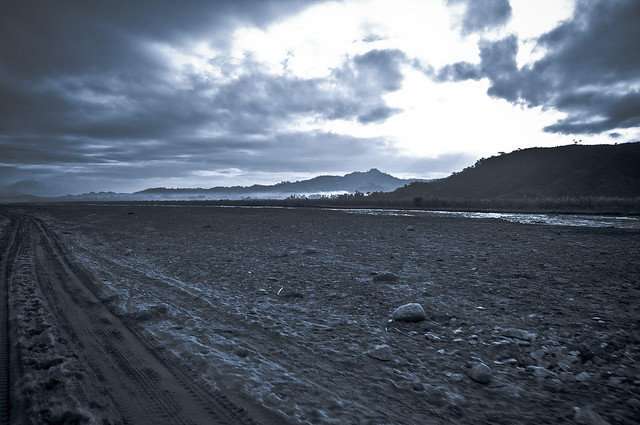 |
| The Road to Pinatubo |
The way that leads to the crater of Mount Pinatubo in Zambales is still mainly covered with ‘lahar’. The jump-off point though is in the province of Tarlac. From the town of Capas, you will need to rent a 4x4 vehicle and register to acquire the services of a local guide, which mostly also offers packed lunch as part of the package. From there, it’s about an hour or so of bumpy ride with ‘lahar’ hitting you in the face every now and then.

This trip was special to me since this is the first time me and my girlfriend went on a trip outside Pangasinan. This is also the largest gathering of our group the PTB Bagets, there were 30 of us I think, and I finally got to meet most of the manila-based travel bloggers, even met some Davao and Cebu-based bloggers, Hi Renz! Hi Ms. Doi!
Since the skyway has been destroyed by recent typhoons, the trekking part starts earlier than it should have been before, say from 30-minutes to I guess just around 3 hours. The parking area for the 4x4’s though will give time for rest and some photo ops before starting the 3-hour trek to the crater.

From thereon, it’s 3-hours of non-stop walk under the scorching sun with nothing to see but tons and tons of ‘lahar’ oh and small bodies of water too.
Who would have thought that the strong destructive blast of Pinatubo could shape this wonderful crater and produced pristine waters.
Some of us took a dipped in the turquoise water, while some decided to explore the other side of the crate where part of the water was boiling, I guess still due to some volcanic activity. Yikes!

We stayed until around 5 in the afternoon, and our guide made a ‘Stone Art’ while waiting for us. Guess they got bored. Should have offered them stories of my flights tenerife to kept them from being impatient.
After the 3-hour hike back to the 4x4’s, I can only muster so much of my strength to take this last shot of the sunset on the way back. Finally I can say, I have conquered the mighty Mount Pinatubo!

Follow me on Facebook

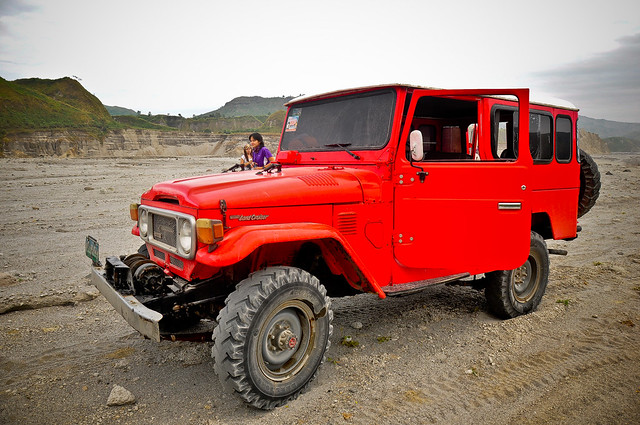


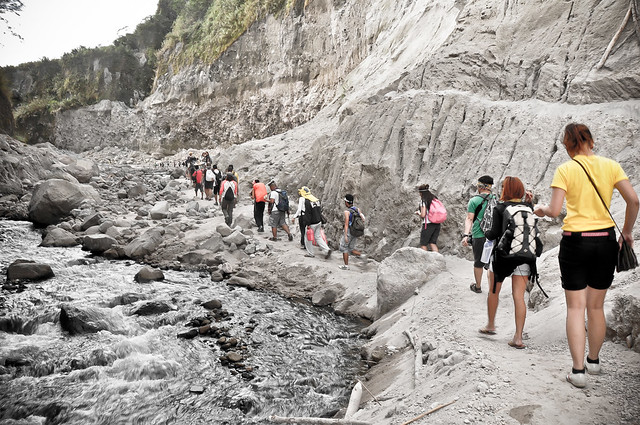
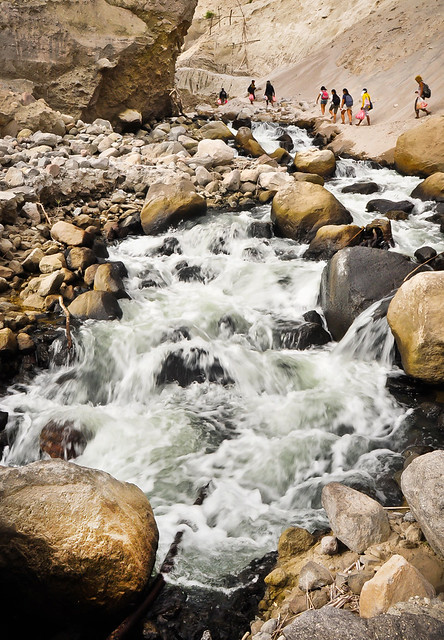
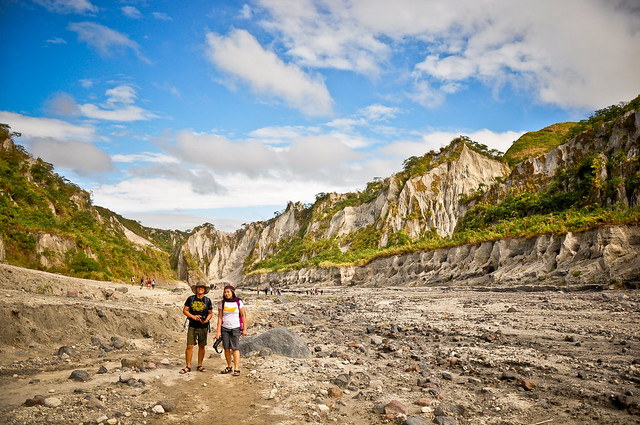


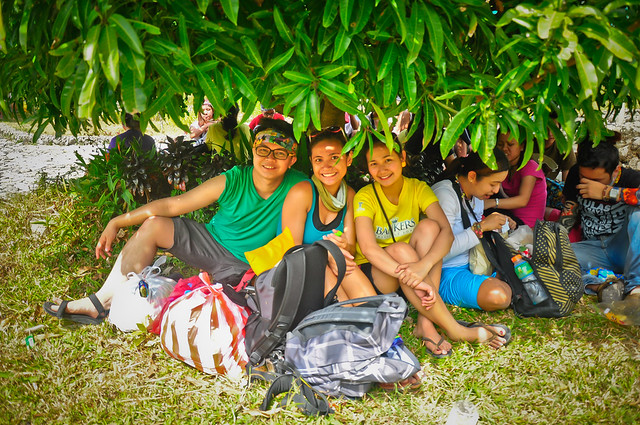
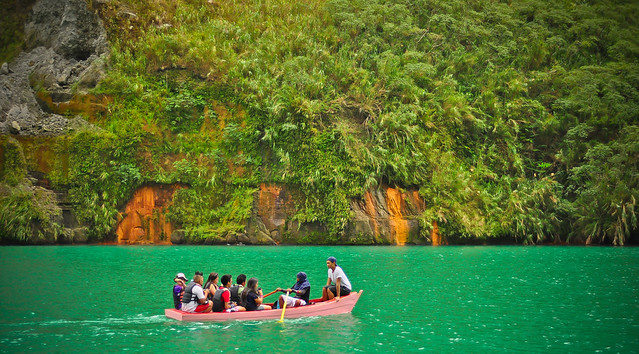

astig ng mga kuha at sa pagod nakakuha ka pa talaga ng sunset shot which is also my favorite in the set.
ReplyDeletecredits to you sir! thanks for organizing this trip! wooot! next time ulit :)
DeleteKelan kaya ako makakapunta dito? T_T
ReplyDeleteuhm next week?... parang si simsimi lang sumagot e..hahaha
Deletemica, pumunta tayo, hindi rin ako nakasama dyan..hahaha!!
Deletewag nalang pala mica,hahaha :)
Deletegreat photos! simula palang na photo gusto ko na basahin yung buong post! naks!!!
ReplyDeleteAyun e! thanks balintataw.org! :)
DeleteWow!!!! I'm from zambales and magtagal ko naa eto Gustong puntahan.. All your shots are amazing!! Ang galing!! And Ganda ng pinatubo.. Need to go there na soon!
ReplyDeleteHi! Go na! :) I think its safer though pag sa Capas ka dadaan... :)
DeleteGreat adventure!
ReplyDeleteohhh myyy... when can i set-foot here?... great shots you have!
ReplyDeleteThanks! We have bloggers from Cebu with us during the trip.. :)Do you know Ms. Doi of thetravellingfeet?
Deleteganda ng mga kuha mo pre!
ReplyDeleteWOW, galing sa photographer na nasa cover ng Lone Planet at DPP! Wooot. Salamat! :D
Deletenakuha mo.. i mean yung award.. panalo ang mga shots.. as in lahat.. kahit pics pa lang eh superb na yung place.. ganda talaga ng pinatubo.. :P
ReplyDeletehahaha! sana magdilang anghel ka at makasungkit ako ng award next year! :) hahaha!
Deletehey! may kuha pala kami ng idol ko! hang ganda!! :D
ReplyDeleteGustong gusto ko yung shot mo ng river, galing! paturo naman! :D
idol ko din si sir Dong! :) ngek, Christian ka paturo when it comes to Photography. Master ko yun..hehe
Deleteamazing photos!! naexcite ako lalo for my June trip!
ReplyDeleteMiss ko na ang Pinatubo aaaaaaaah
ReplyDelete